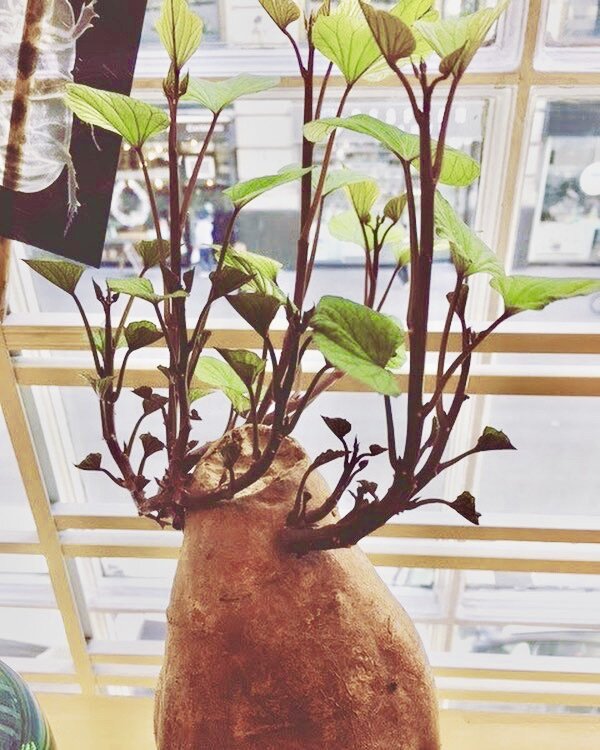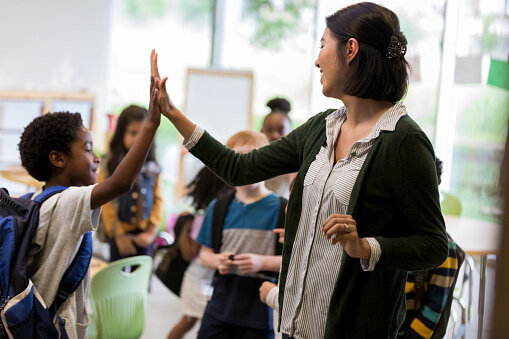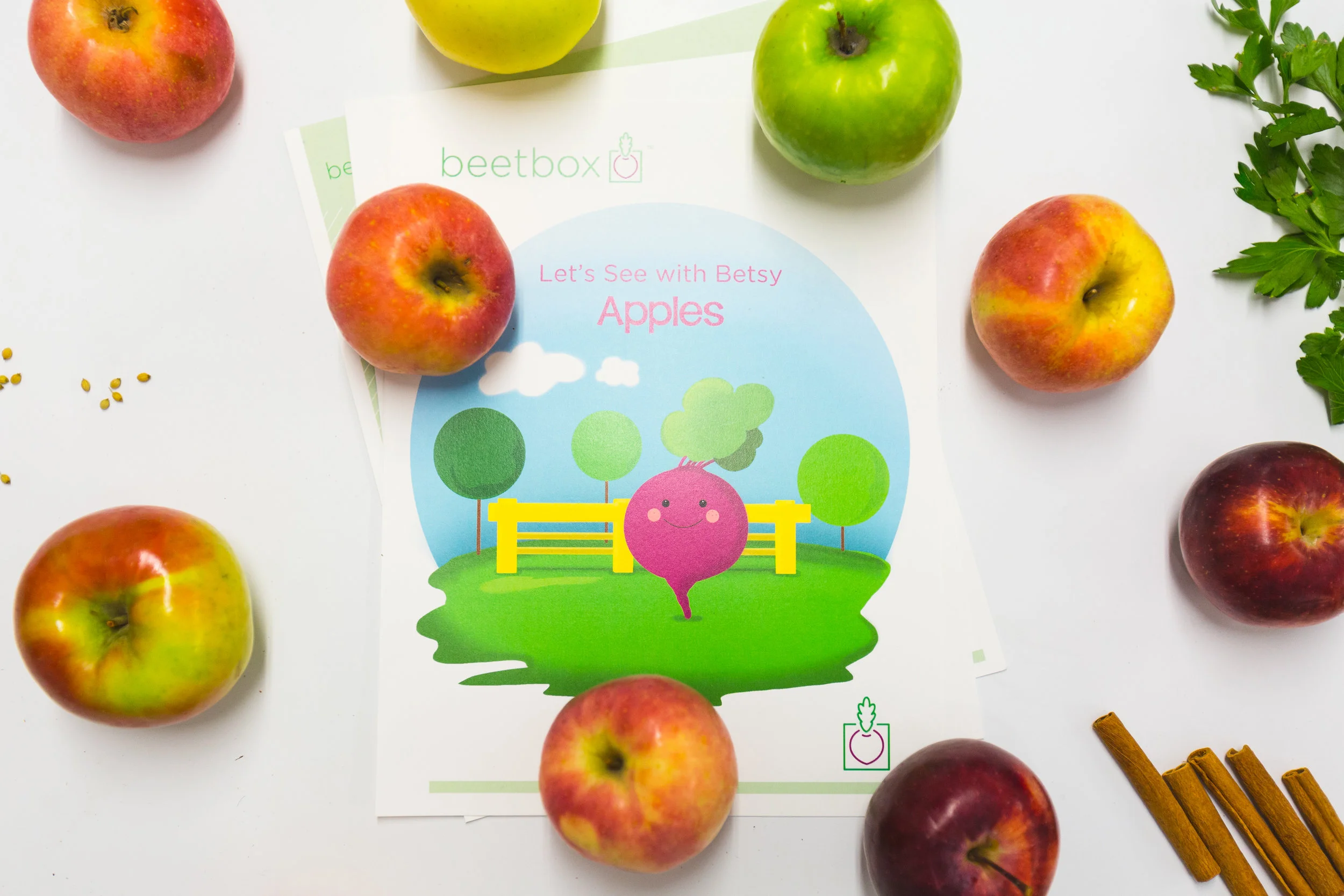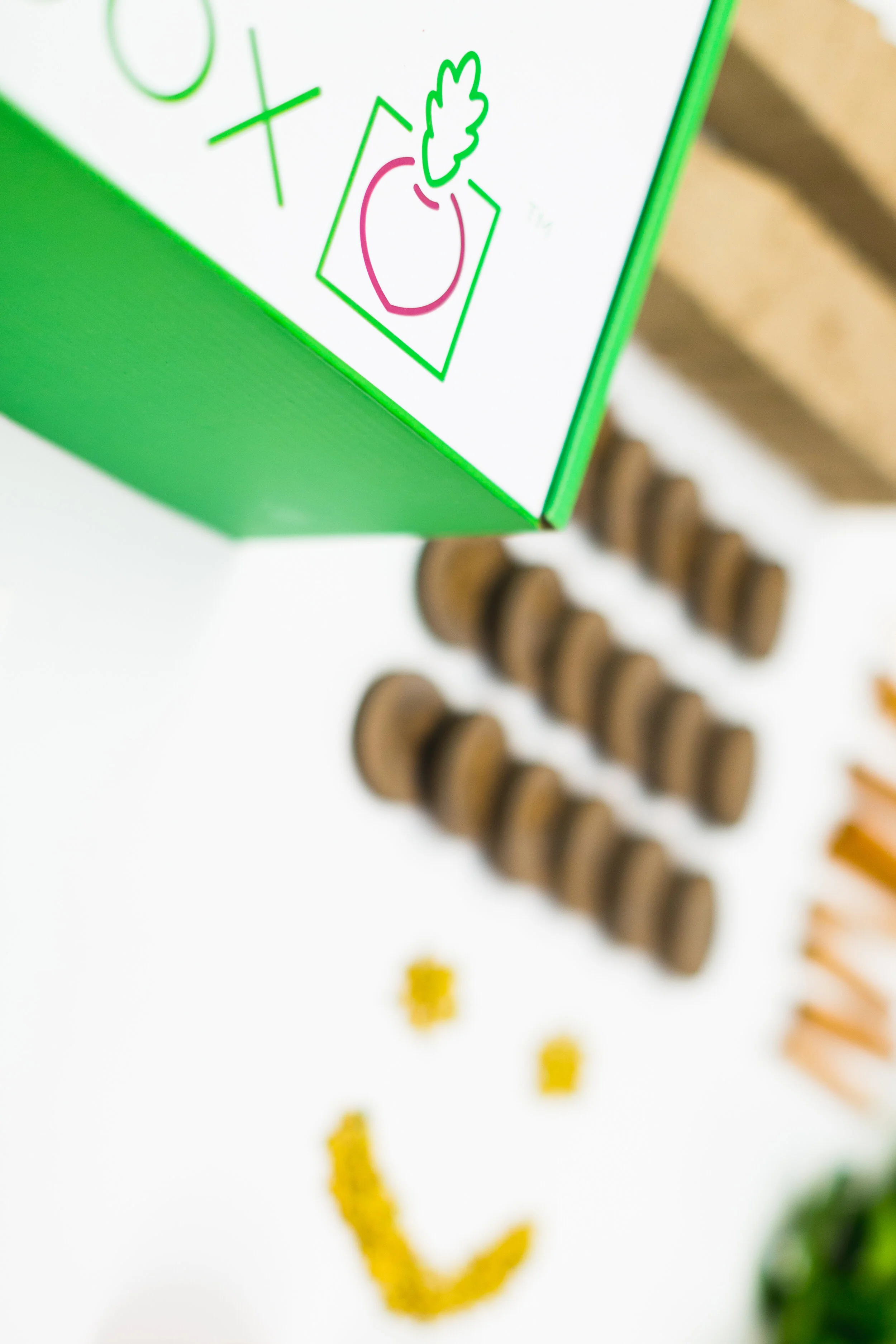Literacy Activity: Tops and Bottoms
Many of you have probably read the wonderful book Tops and Bottoms by Janet Stephens. Not only does this story inspire wonder and curiosity for healthy fruits, vegetables, and nature, but it also includes learning opportunities for critical directional concept for our youngest learners! Try these engaging, fun, and easy lessons below, and pass along to fellow educators to enjoy!
Front & Back
Use classroom items and natural materials to demonstrate “FRONT” and “BACK”.
Line up toy animals or people figures on the floor. Ask questions like: is the boy figure in FRONT of or at the BACK of the girl figure? Is the lion in FRONT of or BEHIND the elephant?
Over, On, & Under
Head out for an adventure! Whether you have an outdoor play area, garden, or not, there are plenty of opportunities to explore in any space. Head outside or gear up for an exciting time exploring the world around you.
Directional gross motor games like “Simon Says” with fun additions like jumping “OVER” the rug or crawling “UNDER” the chair or sitting “ON” something silly, like a stuffed toy, that encourage children to stack blocks ON top of one another, next to one another, then put two blocks close together and put another on TOP of or OVER the two blocks to form a bridge, ask your child to put a block UNDER the "bridge".
Understanding Top, Bottom, Middle
Explore anything that “stacks”: blocks, pieces of fabric or felt
Talk about the body: Head is at the TOP, belly in the MIDDLE, and feet at the BOTTOM.
Make healthy sandwiches out of rice cakes, or lettuce leaves. With the rice cake or lettuce leaf being the “BOTTOM”, the fillings (cream cheese, sour cream, fruit, nut or school safe butters, sliced veggies, lean meats) being the MIDDLE .
Sensory Bin
Fill a sensory table or bin with soil (or any large container). If possible, put a a tarp down to reduce mess/stress and save any spilled materials for reuse.
Gather vegetables that were in the story. Carrots with tops, corn, lettuce, beets, radishes. Any vegetable that has a “top”, bottom” or “middle” can work. Bury some of the vegetables like carrots so that the tops are above the soil, and the carrots under. Add shovels, rakes, buckets, cups, spoons, or whatever else you have on hand for children to play and explore with.
Allow children to explore freely, while sparking discussion from the book and the above talking points. Which is the top, bottom, and middle? What parts can we see? What part can’t we see? What part do we eat.
After exploration, rinse all of the vegetables clean. Children will love helping in this process! Do a taste test, make a salad, or cook a vegetable soup to end this hands-on sensory immersive lesson.
Check out our free parent download containing 30+ hands on activities for you to engage your children, with STEAM based seed to table activities.
Give our suggestions a try, and let us know what you think in the comments below! Don’t be afraid to pass along and share with friends and family. The healthier we all are, the better!
















